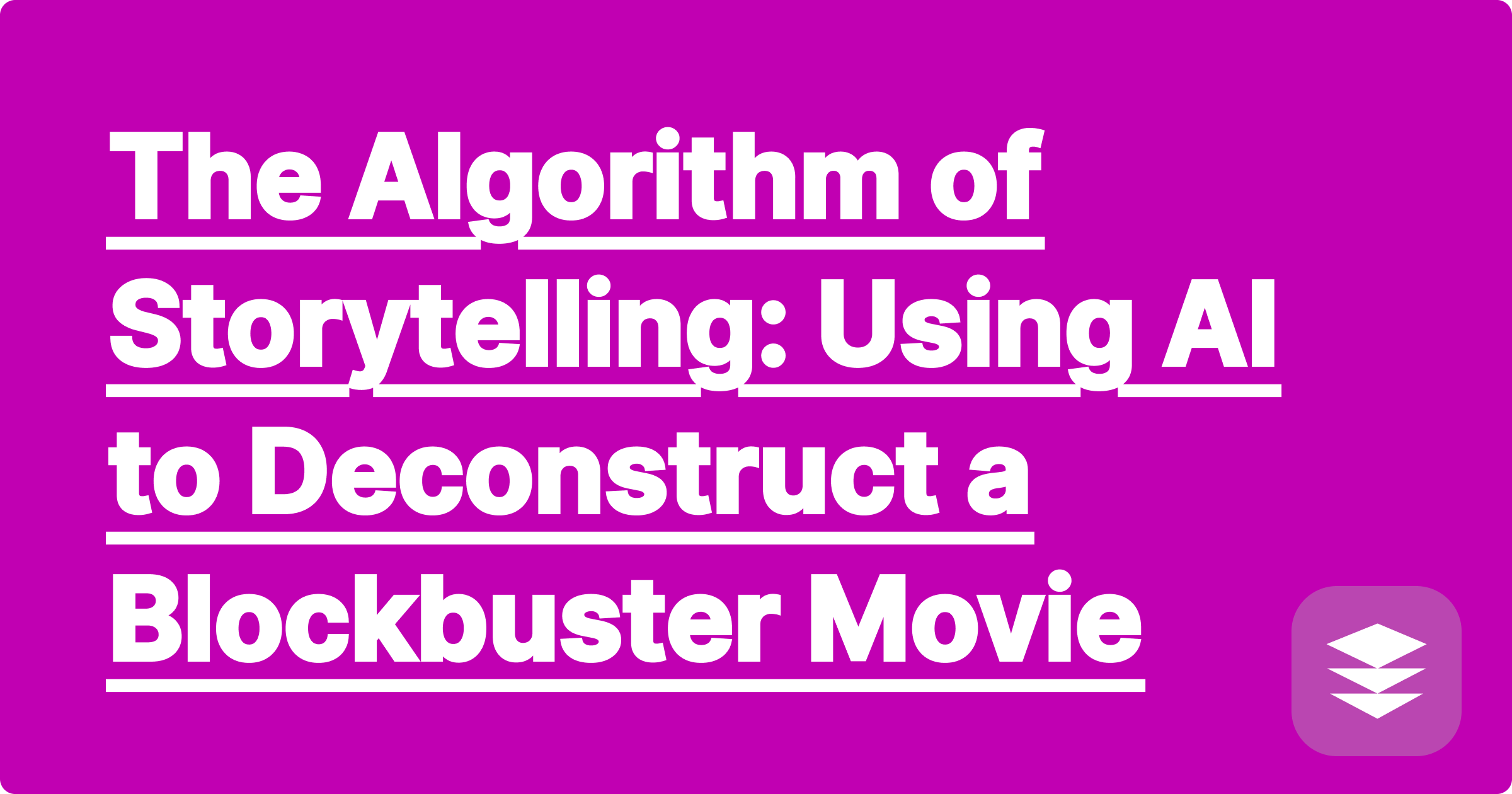
Why are some movies so satisfying? Why do they grab us from the beginning, build tension perfectly, and deliver a knockout ending? It's often not an accident; it's by design. Many of the most successful stories in history, from ancient Greek myths to modern Hollywood blockbusters, are built on a foundational framework known as the three-act structure. Understanding this "algorithm of storytelling" is the first step for any aspiring writer, filmmaker, or even just a passionate movie fan.
The three-act structure can seem abstract when you just read about it in a book. The best way to understand it is to apply it. But manually performing a plot structure analysis on a full-length movie can be a time-consuming process. What if an AI could help you see the hidden architecture?
We decided to try a fun experiment. We found a detailed, scene-by-scene plot summary of the original Star Wars (A New Hope) and pasted it into GPAI Cheatsheet. We then gave the AI a specific prompt.
The AI, acting as an expert story analyst, generated a perfect outline.
[Image: A clean infographic generated by GPAI Cheatsheet, showing a rising and falling action curve, with key plot points from Star Wars (like "Inciting Incident" and "Climax") labeled at the appropriate points on the curve. Alt-text: A plot structure analysis of a movie, explaining the three-act structure.]
This isn't just a fun exercise. It's a powerful learning workflow. As a creative writing or film student, you can use this process on any movie or book.
A: No, current language models work with text. You need to provide a plot summary, a script, or a transcript for the AI to analyze.
A: You can use the exact same workflow to analyze other popular structures, like "The Hero's Journey" (identifying the "Call to Adventure," "Meeting the Mentor," etc.) or "Save the Cat!" beats.
Great storytelling feels magical, but it's often built on a solid, logical foundation. By using an AI assistant to deconstruct your favorite stories and reveal their underlying structure, you can move from being a passive consumer to an active analyst—and take the first step toward telling powerful stories of your own.
[Analyze your favorite movie today. Try the GPAI Cheatsheet to understand the art of storytelling. Sign up for 100 free credits.]
Your First 90 Days as a Junior Engineer: How AI Can Be Your Mentor
How to Prepare for a Technical Interview Using Only Your Own Course Notes
The 'Lazy' Way to Write Weekly Progress Reports for Your Boss
From Academia to Industry: Translating Your Thesis into a Business Proposal
How to Learn a New Programming Language in a Weekend with an AI Coach
Using a Chemistry Solver to Create the Perfect Cocktail Recipe
The Physics of Fantasy Football: Using an AI to Analyze Player Stats
Designing a Video Game Level with a Topology Homework Assistant
Can an AI Notetaker Summarize a Beethoven Symphony? An Experiment in Music Theory
The Algorithm of Storytelling: Using AI to Deconstruct a Blockbuster Movie